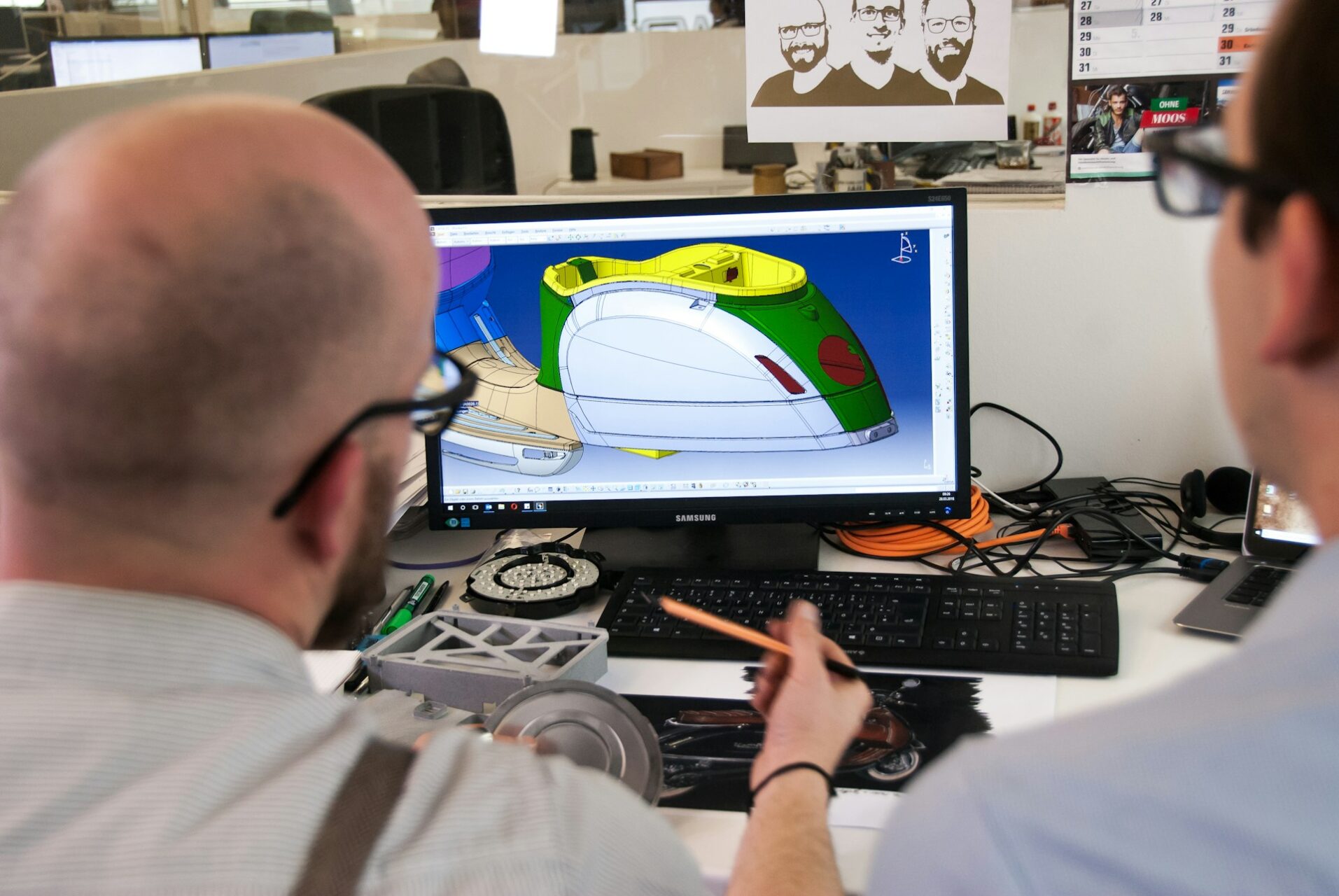
How to Make Your Assembly Line Safer
July 21, 2022 - Ellie Gabel
Revolutionized is reader-supported. When you buy through links on our site, we may earn an affiliate commision. Learn more here.
People often focus on assembly line productivity, and that’s understandable. However, keeping the assembly line safe is another priority not to overlook. There’s a direct link between safety and output. Healthy, uninjured people can consistently contribute their best work, after all. Here are some actionable strategies for making the manufacturing environment as safe as possible.
Ensure Workers Have the Proper Gear
Assembly line safety starts with giving workers the correct gear. However, the specifics will vary depending on their job and duties. Gloves, high-visibility vests, earplugs and steel-toe footwear are some of the things people may need to wear before clocking in for work.
Teach people how to identify potential problems with their work-mandated gear and inform them of the processes for getting replacements when needed. Reinforce the point that wearing malfunctioning or damaged items while working on an assembly line could put people in danger.
PepsiCo Workers Get Movement-Related Safety Feedback
Some company decision-makers also have their team members use safety-related wearables. People working at beverage brand PepsiCo used belt-mounted sensors that detected high-risk postures and movements. Company leaders said those safety products introduced a behavioral element and encouraged workers to take more individual ownership.
The worker-centric element of the wearable gives employees gentle vibration feedback when they assume particularly dangerous postures. There’s also an aspect for managers that compiles the information coming from assembly line workers as they wear the devices and sends it to a cloud-based dashboard. From there, managers can use the data to improve overall safety.
Investigate How to Relieve the Mental Fatigue of Assembly Line Work
People pay a lot of attention to how working on an assembly line can become physically taxing. Workers are at risk for consequences such as repetitive strain injuries, and safety managers must proactively minimize such outcomes. However, it’s also necessary to recognize and remedy the mental strain that can accompany many assembly line tasks.
If people are mentally exhausted, they may become safety risks to themselves or others. Some may also stop feeling motivated about completing their work to high quality standards, posing additional threats.
Interviews From Workers at Three Manufacturing Plants Sheds Light on Mental Strain
Researchers interviewed assemblers at three Swedish manufacturing plants to learn more about what made their roles mentally taxing. Most participants agreed the strain associated with their jobs was more physical than mental. Even so, the research team identified several cognitive demands associated with these positions.
Many workstations have strict cycle times, and countdown clocks tell workers how much time they have to finish assembling something. Novice workers were particularly likely to find the countdowns stressful and distracting. Some assemblers said the feeling they were running out of time sometimes made them work more carelessly and become error-prone.
Interviewees also cited increased mental demands associated with monitoring parallel processes or completing precision-based work in short timeframes. They took issue with task instructions, too. The workers said they often had to read through and absorb too much complicated information, some of which was inaccurate.
Emotional frustration was another factor identified as making assembly line work mentally draining. Workers said they frequently had to deal with system or component flaws that put them behind with their work. Even when those problems were wholly out of their control, they still felt pressure to catch up. They also became upset when products failed quality control checks, sometimes dwelling on what went wrong.
These research results highlight how there’s no universal approach for reducing the mental strain that employees may feel while working on assembly lines. However, a good starting point is to collect feedback from them to identify which parts of their work cause the most mental strain. It’s also valuable to ask workers to suggest strategies for improvement. They’ll appreciate that managers take the time to hear what they have to say.
Consider Adding Cobots to the Assembly Line
Collaborative robots, or cobots, are increasingly part of modern assembly lines. They excel at repetitive tasks, leaving humans to do the ones requiring creativity and brainpower. The benefits of cobots apply to other industries, too. One developed for glaucoma surgeries achieves 20 to 40 times the accuracy of operations done manually. But, more importantly for the scope of this topic, cobots can make assembly lines safer.
They have numerous built-in safety features. Some detect humans and slow down or stop if a person gets too close. Many cobot components also feature soft external materials that further reduce the risk of injury if a cobot collides with a human.
Cobot manufacturers are also continually innovating to make their products progressively safer and more adaptable to a wide variety of environments and needs. They know that some people resist change, but they’re more likely to be open to it when they believe the associated new technology is safe.
One relatively new development that came about after a collaboration between two industrial robotics companies involved an improved safeguarding solution for cobots. A key aspect of the technology is a laser scanner that continually monitors the ground-level area around the cobots.
It allows people to choose from more than 120 field/monitor configurations. Once a person gets too close to a programmed protective field, the cobot slows or stops. A crucial benefit is that it automatically restarts once the person moves away. That feature enables maintaining an environment that’s both safe and productive.
Assessing a Cobot’s Suitability for a Task Increases Safety
Even though cobots have advanced safety features, that doesn’t make them appropriate for every assembly line task. Any decision-maker considering implementing cobots should narrow down which jobs they want the machines to do.
After that, they can engage in conversations with cobot sales professionals and discuss their expectations and needs. Using a cobot in ways the manufacturer never intended can introduce new safety risks. Conversely, taking the time to select the right cobot for the job keeps everyone safer.
How Will You Increase Assembly Line Safety?
Assembly line safety improvements may take weeks or months to complete, and that’s okay. It’s not an endeavour to try and finish hastily. Aim for gradual, steady progress instead. You’ll almost certainly encounter some obstacles, but staying committed to the task should pay off.
Revolutionized is reader-supported. When you buy through links on our site, we may earn an affiliate commision. Learn more here.
Author
Ellie Gabel
Ellie Gabel is a science writer specializing in astronomy and environmental science and is the Associate Editor of Revolutionized. Ellie's love of science stems from reading Richard Dawkins books and her favorite science magazines as a child, where she fell in love with the experiments included in each edition.




